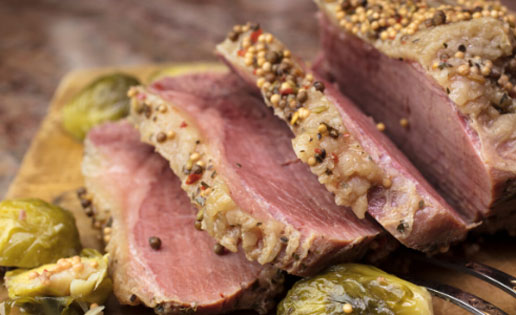Saint Patrick was a missionary known as the apostle of Ireland in the second half of the fifth century in Ireland. He’s considered the primary patron saint of Ireland and it was his extensive missionary work in which he became celebrated. One told fable of Saint Patrick banishing all the snakes in Ireland, chasing them into the seas after they had attacked him.
He’s credited for bringing Christianity to Ireland. March 17, known as St Patrick’s Day, is believed to be the date of his death. The Catholic Church designated this day a celebration and feast in the early part of the 17th century. The first St. Patrick’s Day parade was held in New York City on March 17, 1762. Today St. Patrick’s Day is celebrated around the world as a religious and cultural holiday. In the United States, this day has morphed into a holiday with many traditions. Wearing green, which symbolizes the return of spring. Shamrocks, a young sprig of clover used as a symbol of Christianity. Leprechauns, derived from Irish folklore which is said to be a solitary small bearded man who’s always mischievous. And or course corned beef and cabbage.
Corned beef is defined as a salted cured piece of beef, typically brisket nowadays. Years ago they used whatever kind of cheap meat they could get their hands on to corn. Corned beef was used extensively for trade and civilian consumption because of its non-perishable qualities. It also was used to feed many armies. To corn meat is to cure with salt. Many centuries ago, the salt used for corning was the size and shape of corn kernels. Salt, along with a few other ingredients and simple flavorings, was packed with the beef which preserved it. Although thought to be Irish by dissent, most Irish people didn’t eat corned beef in Ireland as it was a luxury item and cost-prohibitive. St. Patrick’s Day dish in Ireland is Irish bacon and cabbage. Interestingly enough, corned beef was one of those foods born out of necessity in the Irish diet in the United States. During the 18th century, when many Irish immigrants came to the U.S., they found their Irish dish was too expensive and replaced it with corned beef as it was much cheaper and readily available. Today we associate corned beef with St. Patrick’s Day. It’s used as part of an Irish American celebration for St. Patrick’s Day in North America. Corned beef was then combined with cabbage as these two were paired primarily because of cost. Corned beef and cabbage were readily available, cheap, and easily prepared.
CORNED BEEF & CABBAGE
3-4 pounds of corned beef
1/2 cup yellow mustard
1/4 cup brown sugar
1 small yellow or sweet onion chopped in small pieces or (minced is better) mix with 1/4-cup of the mustard.
Mix the brown sugar with the other 1/4-cup of the mustard (reserve for topping to finish).
Corned beef is inherently salty because of the curing process, so try to coax out some of that salt. I will recommend you use a step cooking method. Put the corned beef into a pot and cover with water. Bring to boil. Cook for 5 minutes and pour the water into a bowl and reserve for the cabbage boil.
On a large piece of foil, apply minced onion mustard mixture on top of the meat, fat side up spreading evenly. Fold foil over and tightly bake in the oven at 325 degrees for three hours. Open foil and pour the mustard brown sugar mix over the top and broil for 5 minutes or until the mixture becomes bubbly and brown. Remove from the oven and let rest for 5 minutes. Cut and serve. Make sure to cut across the grain. This recipe is prepared with a corned beef brisket flat. (A rolled or larger piece of corned beef will take longer to cook).
As for the cabbage, pour the reserved water from the corned beef back into the pot. Taste to make sure it’s not too salty. If so, add more water. Prepare 1 head of cabbage sliced into a 1/4-inch to 3/8-inch thick.
Bring water to boil add cabbage and turn the heat down, simmering for 20 minutes.
Optional veggies such as potatoes or carrots are a good idea also adding them to the pot at the same time as the cabbage.
Happy St. Patrick’s Day and enjoy this old tradition.

